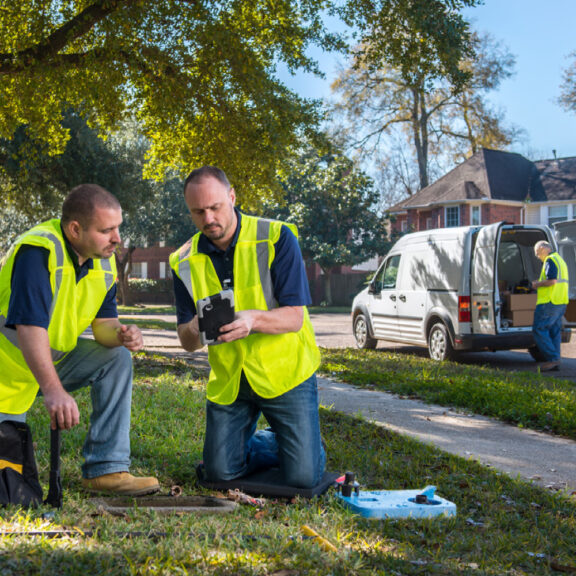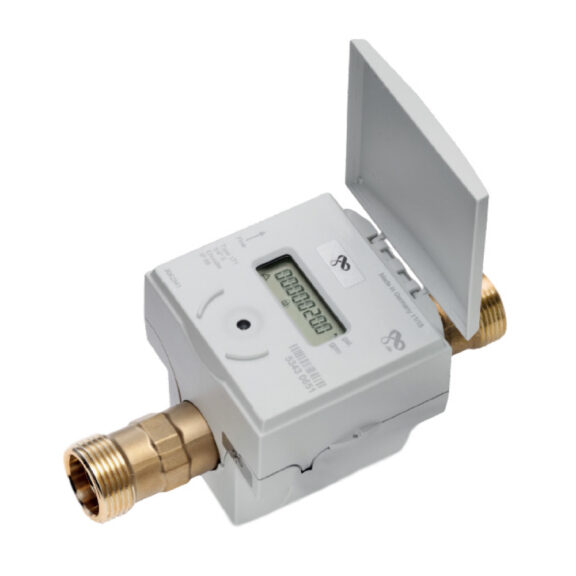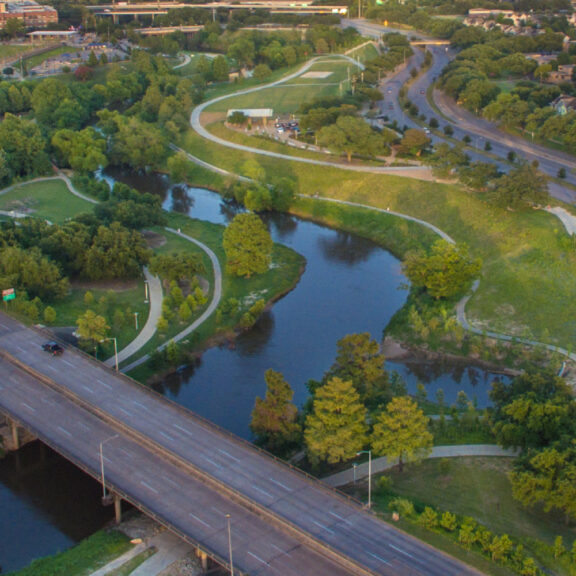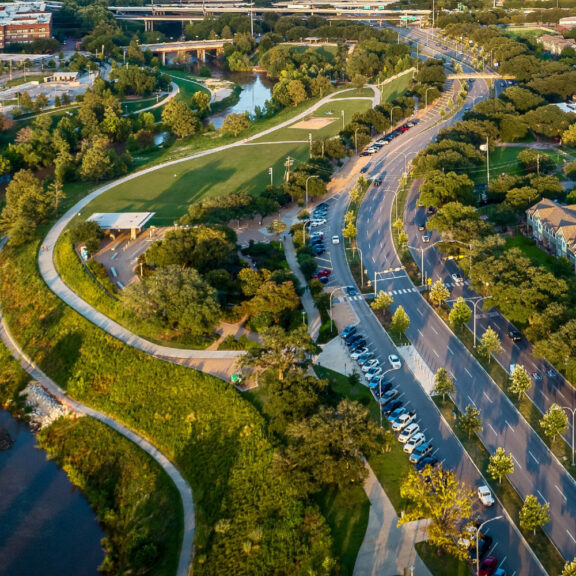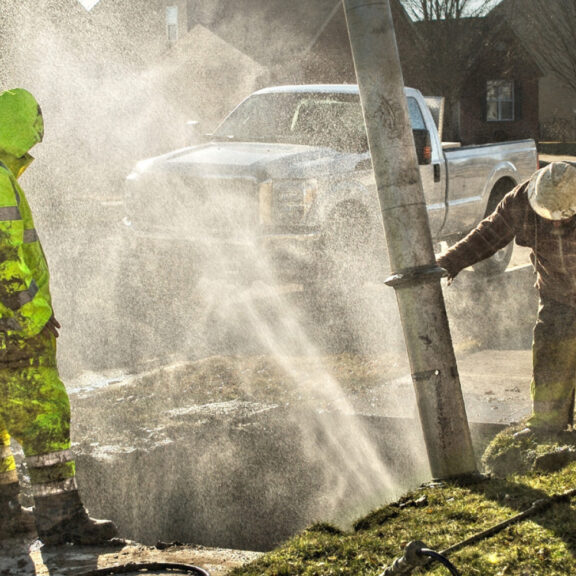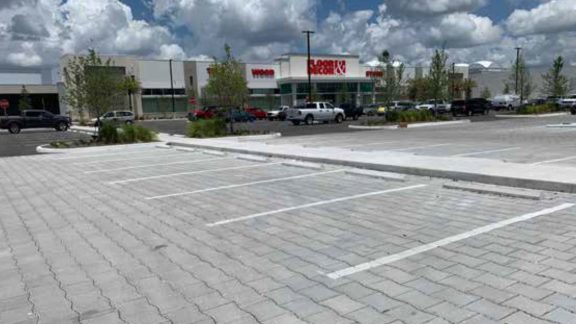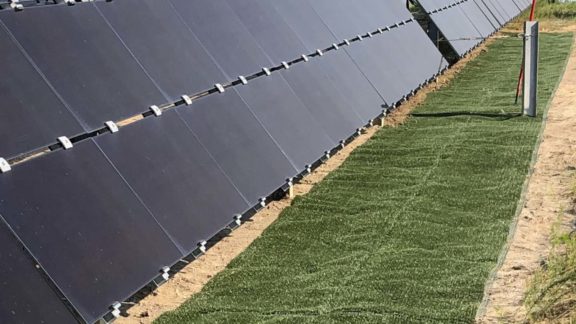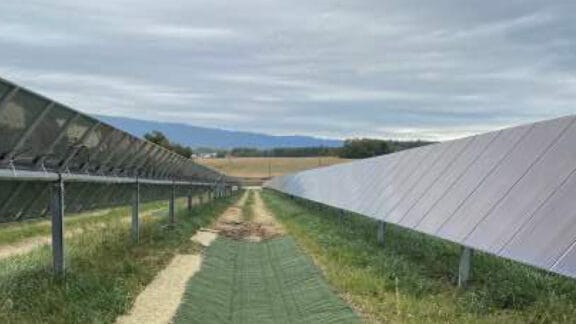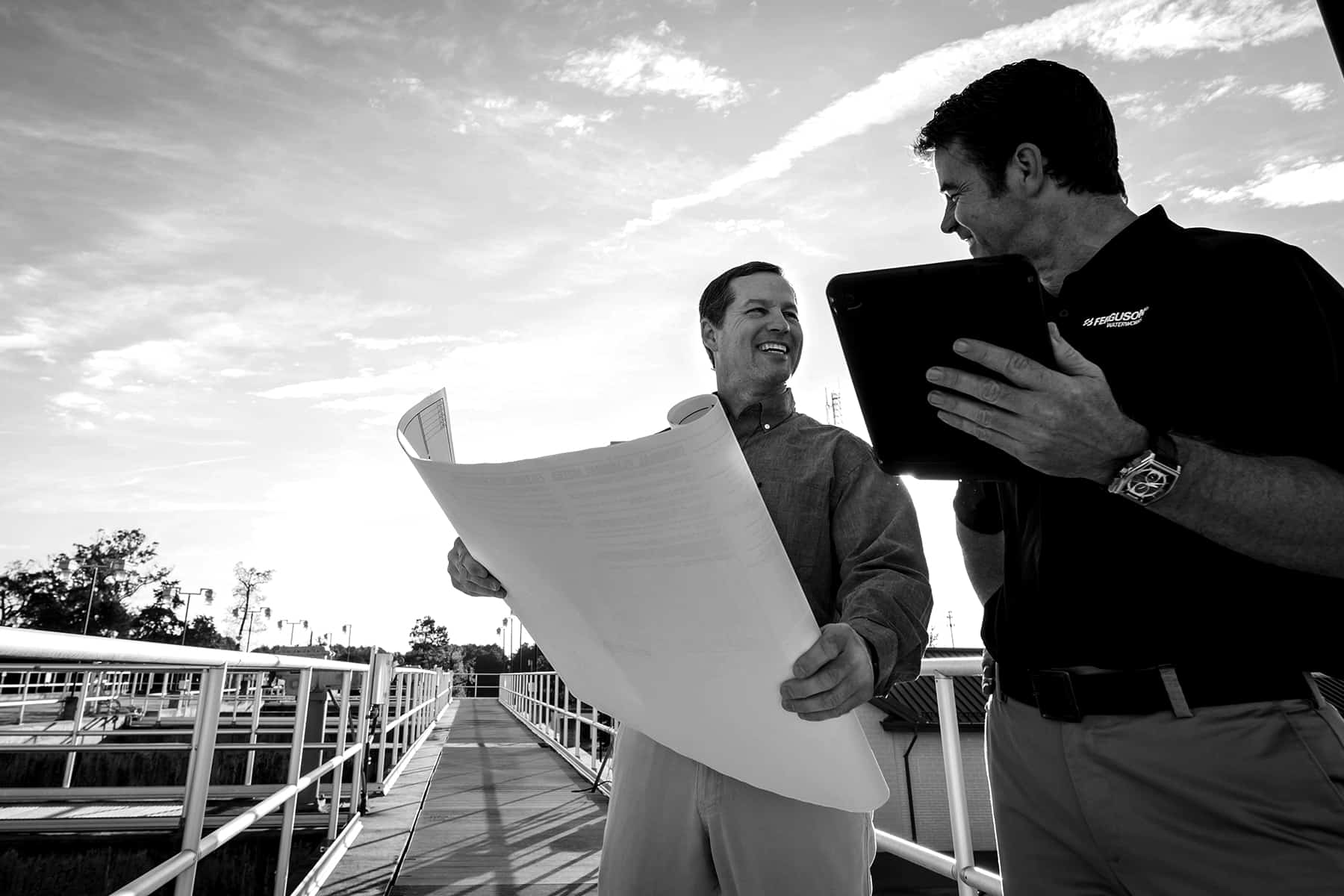Upgrading and Modernizing the Faulkey Gully Municipal Utility District With Smart Water Meters
Ferguson Waterworks supplies smart water meters to Faulkey Gully municipal utility district for better leak detection and billing accuracy.
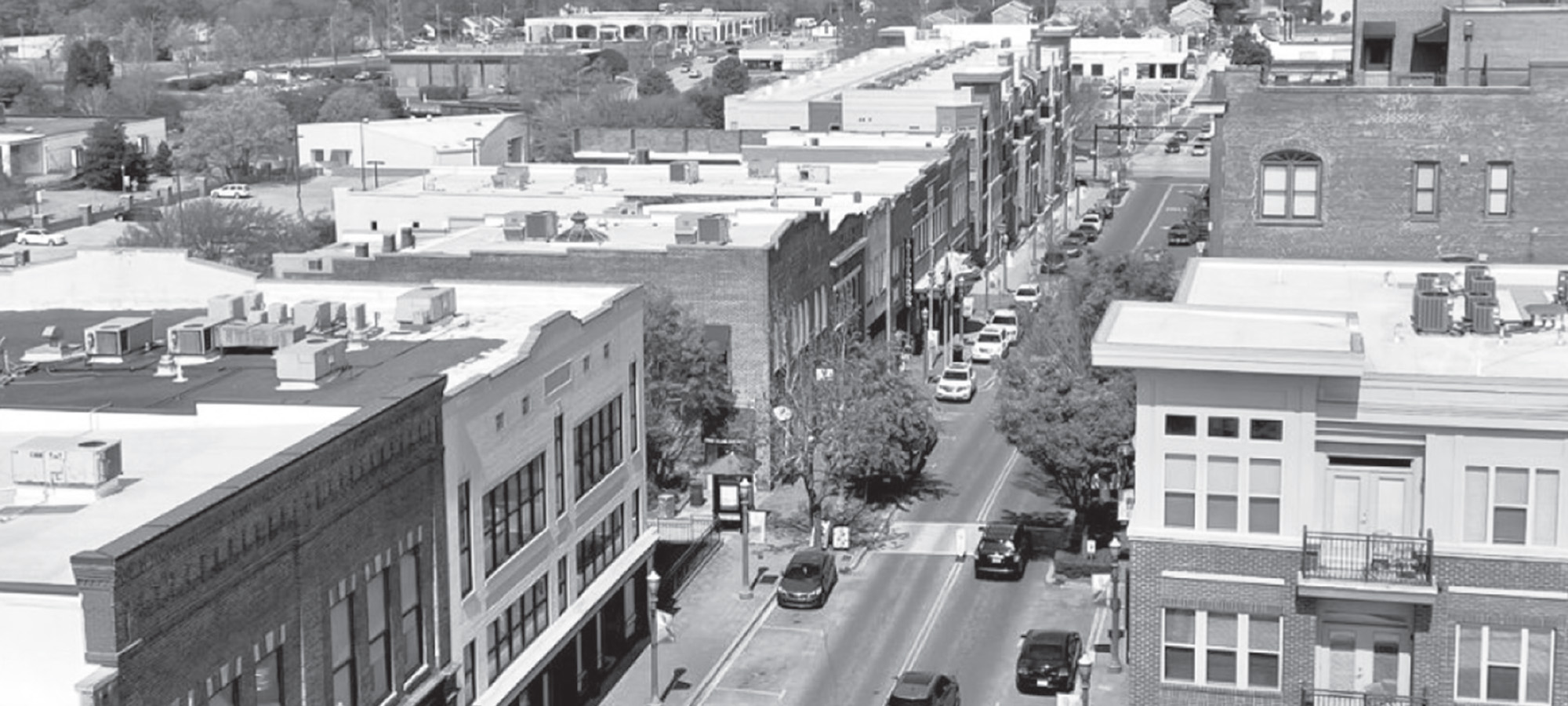
Background
The Faulkey Gully Municipal Utility District (MUD) serves a rapidly developing suburb northwest of Houston. More than 8,000 people live in the district, located where the coastal prairie transitions to oak and pine woodlands. The population is rising steadily, fueled by economic expansion in Harris County and nearby Galveston.
MUDs were originally created to spur development near high-growth urban areas with the hope of eventual annexation by a larger municipality. The Faulkey Gully MUD was formed in 1973 by the Texas Water Commission to purchase, construct, operate, and maintain water infrastructure with 3,000 meters. Its duties include providing water service to residential and commercial customers, maintaining the water supply and water quality, and managing wastewater and stormwater. It issues bonds, collects taxes, and sets water rates.
The advent of new water meter system technologies and increasing demand for data-driven operations and customer service prompted officials to investigate a meter upgrade to improve efficiency and customer service.
The Challenges
Aging infrastructure: Faulkey Gully’s meter system was nearing the end of its useful life.
Community satisfaction: Leaky pipes and other infrastructure issues weren’t apparent until customers complained about high bills.
Challenging environmental factors: The surrounding area frequently floods and the local soil is mostly sandy and clay loams.
Lost revenue: Insufficient leak detection meant the MUD was unable to account for water lost to infrastructure and equipment issues.
Limited visibility: A lack of access to real-time data, trend analysis, and automated readings hampered accurate monitoring and meter readings.
Rising cost of water: The surface water cost alone will be $5.00 per 1,000 gallons within the next two years.
The Recommendation
Doug Allen, a member of the district board, began investigating an update of the monitoring technology and replacement of the district’s 2,300 residential connections and 700 commercial and agricultural ones.
“I looked at what would happen if we did nothing and just continued with the meters we have now versus solutions from various manufacturers,” Allen said. “Using conservative numbers on our end, I found that switching to smart meters would save us $800,000 over 20 years, and that’s after covering the cost of putting in new infrastructure and other upfront costs.”
Another part of his analysis was comparing vendor networks against building a proprietary one. “Going with a vendor enables you to start getting data immediately, but it’s expensive — about 89 cents per month per meter — and all it does is read,” he said. “Building our own data-collection system would give us real-time data and analysis. We’re going to install ultrasonic leak detection on mainline piping, so instead of waiting for a water geyser, we’ll know when the problem is very small. With another system, I don’t know that we’d even be able to get that for mainlines.”
The MUD elected to work with Ferguson Waterworks Meter & Automation Group and Mueller on upgrading to smart water meters and collaborated with the company for almost a year prior to the project launch.
What technology was used for the water utility system upgrade?
- Two Mi.Hub XR-R Data Collectors
- Six Mi.Net Repeaters
- 2,721: 5/8” to 2” solid state water meters with Mi.Net radios
- Three 12” HbMag electromagnetic water meters with Mi.Net radios
- Mi.Host Data Analytics User Interface
- Consumer Portal
- 114 Mi.Echo Leak Detection Sensors
- Mi.Echo Leak Detection Software
The Installation
The installation went smoothly, thanks in part to the district’s preparation before and responsiveness during the project. “Being prepared upfront is better,” Allen said. His recommendations:
1. Make a data-informed case. Preparation begins even before the installation. Allen’s analysis provided the right level of detail to support decision-making. “One board member was questioning the recommendations, so I showed him the data and he saw the value immediately. I also used conservative numbers to build it so we wouldn’t be promising the pie-in-the-sky results.” This expedites approvals and gives stakeholders confidence in the decision to upgrade and work with Ferguson Waterworks.
2. Do fieldwork and verification. Before the project kicked off, the district looked at what could be done before installations began to help reduce costs and speed delivery.
Others can consider being proactive by:
- Verifying the meter serial number and size at each location. “That gives you an accurate count of meters needed, so Ferguson can make sure we had all meters on hand for installations,” Allen said.
- Cleaning boxes of excessive dirt and resetting as needed. Faulkey Gully’s operator, Municipal Operations and Consulting, cleared out all the meter locations to expose them, so install crews could focus on putting the meters in.
- Noting locations that have nonplastic lids (including the size) and schedule replacement before installation begins.
- Validating the accuracy of data points as much as possible.
3. Collaborate and communicate. Create a unified team and set expectations with a kickoff meeting for all stakeholders. During weekly project calls, stakeholders tracked progress, managed expectations, and identified potential issues. Working together reduces bottlenecks and issues in the field. “We finished the meter deployment before we’d conducted the training,” Allen said.
The Solution
Faulkey Gully’s installation began on Dec. 16, 2019, and was completed on Feb. 19, 2020. It’s still too early for a robust analysis of benefits and savings, but Allen is already seeing anecdotal upsides for the district, chiefly:
- More efficient use of staff time, and reduced vehicle travel costs and gas expenses with the rollout of automated meter reading.
- Increasing cost savings and water supply from leak detection, data monitoring, and rapid response.
“It’s already paying dividends,” he said. “As much as the water’s costing us and is not getting cheaper — this is a great way to help the district and our customers be smarter about water usage.”
Customer service and satisfaction are improving, as well. The advanced metering infrastructure program has allowed the MUD to reach out to customers about high water use.
“I reached out to a residential customer because we were showing 25-gallon-an-hour usage around the clock at her location,” Allen said. “She’d gotten her water bill a few minutes before my email arrived and was about to call. Turns out it was the upstairs toilet. And a little fast food place in our district was showing more than 130 gallons an hour. The operator went out there and, working with the restaurant’s staff, found out a valve in the ice machine was stuck open and water was going straight through.”
With more visibility into the flow of water through the system, the district and its customers can curb water lost to leaks and equipment issues, reduce demand on the stream, increase source sustainability, and operate more efficiently.
“Ferguson’s personnel, from salesperson, sales management, installation manager to the installation crews, were all very customer service oriented,” Allen said. “They were all very customer satisfaction driven and flexible to the district and the district’s operator.”
View Similiar Case Studies
In order to revitalize and meet stormwater codes, the abandoned parking area at the Shoppes at Fashion Square in Orlando, FL, required updates. With a permeable paving system and machine technology, we helped the client achieve their goals, save $1 million, and complete the project in just 10 days.
With solar panels in place and operational, an immediate and effective erosion control solution was imperative. Especially considering the panels were positioned next to channels, drip lines, and spillways.
After failed attempts to stabilize the earth at the Mt. Jackson Solar Farm, they required an immediate, cost-effective erosion control solution. Ferguson Waterworks was brought on board to address their ongoing concerns.
